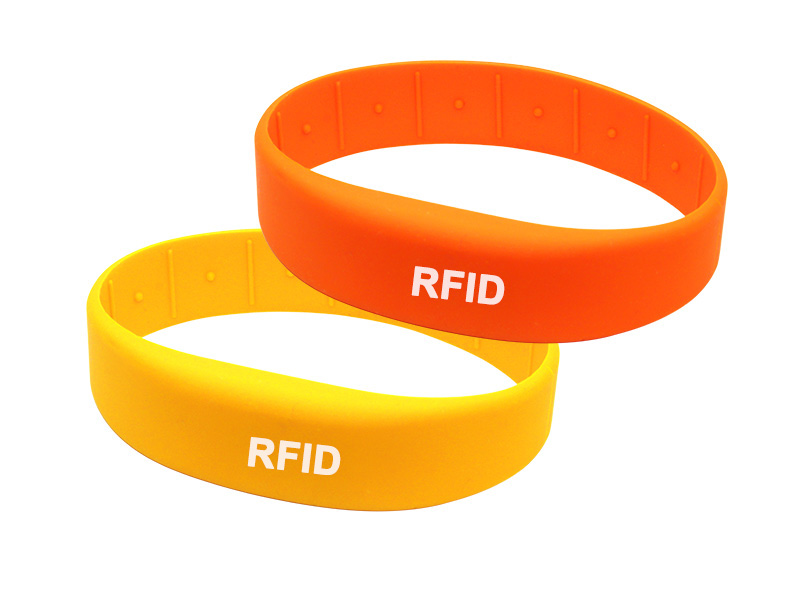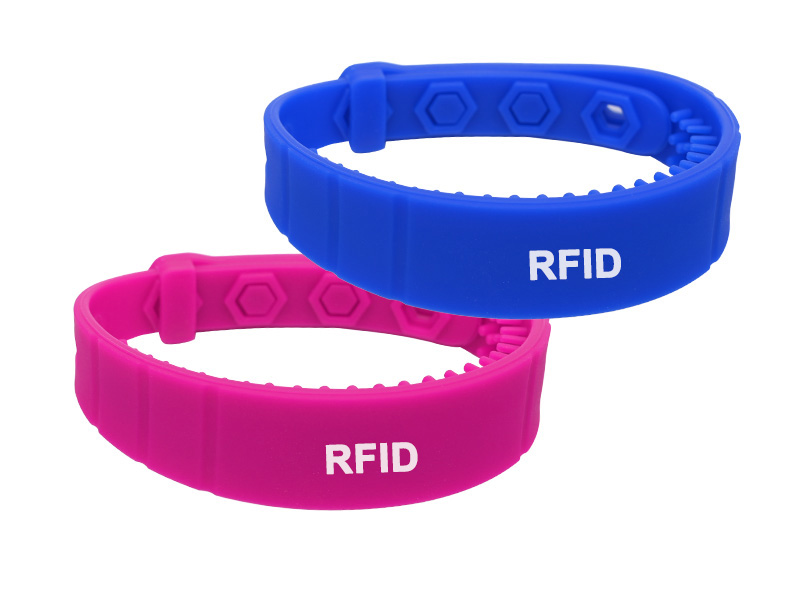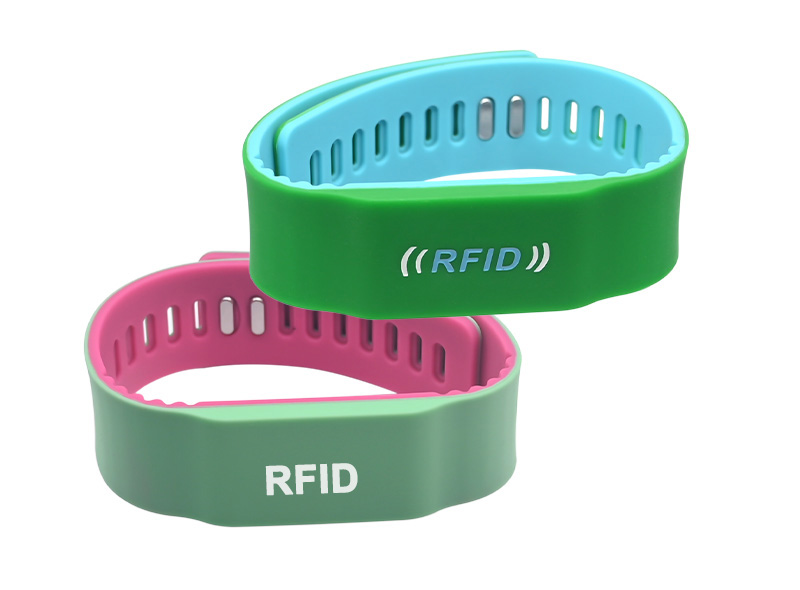The Internet of Things drives the intelligent transformation of factories
Since the Industrial Revolution, raw materials and energy have been the foundation of every manufactured product. In Industry 4.0, data has become more important than ever before, not only to reduce operating costs and improve efficiency, but also to reduce every part of the product and generate profits from raw materials and energy.
Decades ago, factories pioneered the Internet of Things (IoT) by utilizing technologies such as Supervisory Control and Data Acquisition (SCADA) and Programmable Logic Controllers (PLC). These traditional IoT applications are mainly about controlling robots and other devices, monitoring production, and identifying issues such as heat pumps, all of which are valuable.
Industry 4.0 is built on this foundation to achieve deeper and more profound business insights. For example, the trend of instant manufacturing means that suppliers are facing greater pressure than ever before to minimize downtime and maximize production. The new generation of "smarter" sensors and instruments, such as pyrometers, can not only measure the products being processed, but also measure other key parameters of themselves and ensure that they are within ideal ranges. These data help maintain consistency between product shifts, production lines, and factories.
If the temperature trend is too high or too low, it also indicates that there may be problems upstream in the production process. In the early stages of failure, temperature changes can be so subtle that employees may not notice. The same situation is that the robotic arm gradually decelerates due to bearing failure - only to the extent that its productivity has not yet been compromised. If used correctly, the data provided by the integrated sensor can start detecting this fault before it occurs.
These insights enable manufacturers to adjust production while still meeting deadlines. For example, if the temperature change of the product is still within the range, the manufacturer can now transfer production to another production line when it reaches the point where maintenance is required. If there are sufficient advance warnings, manufacturers can also schedule downtime on weekends.
These data can also provide insights when replacing equipment. For example, tools such as Cisco Kinetic can extract and analyze data to help manufacturers understand which brands and models of devices and components have higher or lower failure rates and maintenance costs. Now, it knows what to buy and what to avoid. Therefore, it can more strictly control operating costs such as maintenance.
More IoT sensors can provide more insights and benefits. For example, if the temperature trend of the product exceeds the range. The upstream sensors on the equipment and unfinished products provide additional data that industrial mechanics can use to quickly identify problems. Every hour, they don't have to spend one hour tracking the problem as they can use it to repair it. The higher the work efficiency of each mechanic, the fewer personnel each factory needs. All these savings have flowed to the bottom line.
IoT data also helps manufacturers achieve their energy efficiency, pollution, and product yield goals. For new factories, energy efficiency targets typically include obtaining LEED certification. Raw materials are usually strictly regulated, including expensive licenses based on usage. Taking the leading European manufacturer of advanced raw materials for producing fiber optic cables as an example, their production requires potentially hazardous materials. Their production is limited by the quantity of precursor materials that can be safely stored on site. As product demand increases, the maximum allowable precursor material becomes a limiting factor; Their only option to increase production is to improve the efficiency of the process itself. This requires in-depth learning and insight into their processes to understand how to achieve such improvements.
The IoT data enables the company to extract more meters of cables from its existing natural gas distribution. It began using a pyrometer to closely monitor and control temperature, which is a key indicator for measuring its process effectiveness and efficiency. These insights enable the company to optimize its processes in a way that maximizes product quality and output, thereby reducing the use of its precursor materials to achieve the same output and product quality.
The commercial benefits of these and other Industry 4.0 applications are the main reasons why manufacturers invest in the Internet of Things, but they are not the only reason. The rapid cost reduction of digital transformation plans is another driving factor for change. Not only is the cost of cloud based data storage and computing reduced, but at the same time, tools available for analyzing, understanding, and transforming this data into actionable information are also increasing. Ready to use solutions, such as Microsoft BI, are highly suitable for analyzing large amounts of collected data and do not require a small number of doctoral degrees. Data scientists operate. The cost of storing and analyzing terabytes of data has sharply decreased from thousands of dollars to $5. The once hopeless ideal is now practical and affordable.
But this is different from saying that digital transformation is as simple as buying software and sensors. Manufacturers typically seek expert guidance to determine where to deploy IoT devices, connect traditional factory equipment, and choose the right network technology to securely and reliably weave all content together.
Many manufacturers also want to understand how to understand the vast amount of data provided by the Internet of Things, such as determining which data is worth alerting immediately and which data can be stored for analysis. Vertical market experience is particularly useful because, for example, IoT partners can suggest monitoring specific parts of the production process, tracking which indicators and data trends indicate the content. The manufacturing process today is very complex, and it is difficult to quickly and easily understand the complexity of operating all equipment. In many cases, professional knowledge can be obtained from suppliers themselves. Key suppliers have been familiar with their unique products for many years and can help define key parameters to ensure optimal performance in a given application.
Another example is measuring the oil viscosity of a pump to determine when replacement is needed, rather than simply relying on supplier recommended but overly frequent maintenance plans. When viscosity, vibration, and other properties indicate the need for maintenance, machine learning can come into play by teaching artificial intelligence. AI and ML are also examples of technologies that were too immature and expensive a few years ago.
Like almost all other types of businesses, manufacturers see digital transformation as a necessary process to maximize efficiency, productivity, profitability, and competitiveness. The Internet of Things, artificial intelligence, and machine learning have laid the foundation for these digital transformations.
Finally, I would like to conclude this article by discussing the evolutionary steps related to digital transformation. The first step is to confirm that something has failed (such as a sensor not functioning properly). The second step is to understand why the sensor/process has failed. These are the simplest steps in IoT transformation and future factories. Many companies are at this level today. The third step has become more predictive: this means being able to determine when something will fail before it does, and spending as much lead time as possible. Producers at least do not want their final products or equipment to be affected/damaged by failure. But even better, they want to be notified in advance to arrange necessary scheduled maintenance (as mentioned above).
The final and most transformative step in this evolution is the shift from predictability to normativity, which means that you can see in the data that something is about to fail, but producers can adjust and modify processes to accurately control when downtime may occur. This requires important understanding and insight into the process, typically by aggregating large amounts of data and precisely understanding which parameters will affect the process. At this stage, all instruments and sensors begin to act as symphonies.
The final step is also an important turning point, as companies with so much information and understanding of their processes can begin to more precisely adjust and control their processes to achieve the desired product uniformity, quality, manufacturing cost, and throughput. This type of learning can be deployed on one site, but is more effective across multiple sites throughout the entire enterprise. It is difficult for companies to achieve the same product consistency in different manufacturing locations, which is easily influenced by facilities, geographical location, individuals, and supply. This IoT revolution can coordinate these global operations, driving the synchronization and improvement of products and manufacturing across the entire organization.











